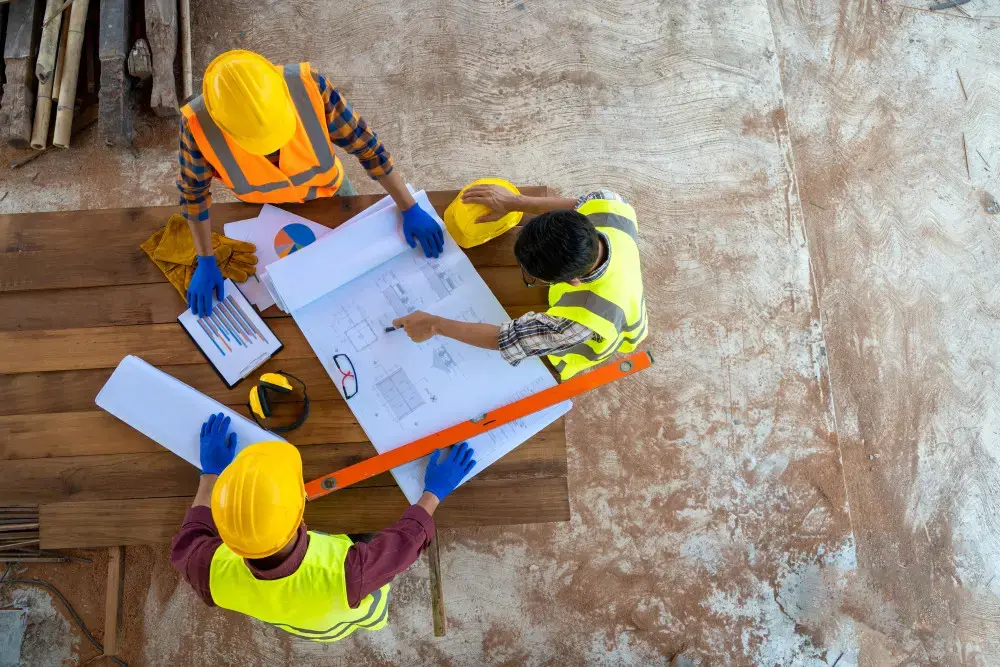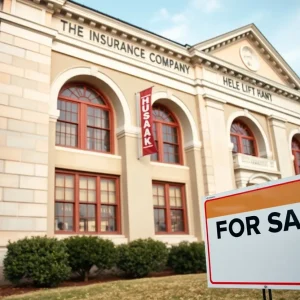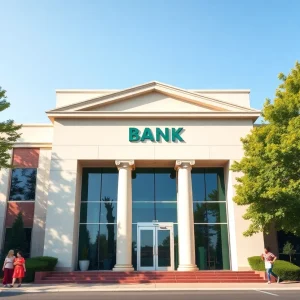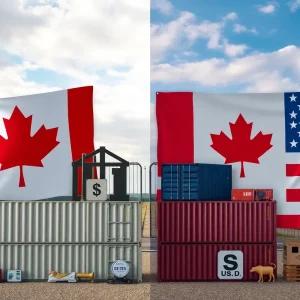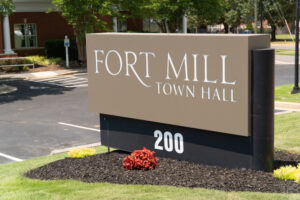Buc-ee’s Enthralls Business But Disturbs South Carolina’s Small Towns
Florence County’s Back Swamp in South Carolina has a key grievance with Buc-ee’s, the gigantic, wildlife-themed convenience store. Surprisingly, it’s not the 24/7 influx of customers or the traffic congestion at their interstate exit following the store’s launch. Instead, residents view the gas station/food joint/gift outlet as a significant threat to their lifestyle.
The Florence County Council greenlighted the idea of rezoning 100 acres of farm property across Buc-ee’s single South Carolina branch despite community protests to halt the plans. Residents of Back Swamp express fear that the rapid development will transform the communal character of this rural area, testament to a rich history that goes back to before the American Revolution. Their concerns are wholly justified.
Buc-ee’s has sparked enthusiasm and resulted in robust business, something the Pee Dee region, not flourishing with the exception of the city of Florence, can ill afford to decline. The region is troubled with youth migrating to greener pastures and businesses pulling down their shutters.
Impact on Population
Due to the disappointing turnout of less than two dozen backers at the final County Council meeting about the Buc-ee’s extra growth, it seems that the general consensus was that the county couldn’t dismiss anything with the potential to expand the tax base. Over the next couple of decades, the eight counties surrounding Florence are predicted to witness an average population decline of 17% even as South Carolina welcomes another million inhabitants.
While the coast and the Upstate regions grapple with infrastructure issues to keep up with the increasing populace, the state’s interior, including Pee Dee, continues to suffer. This undeserving demise is devastating, given that many of the small towns within Pee Dee have the potential to be in the limelight of Southern Living, given an efficient marketing campaign.
Preserving Small Towns’ Future
“Small towns house our history, but they also promise our future,” proclaims Senator Gerald Malloy. He highlights that South Carolina has lost enough farmlands to engulf half of Greenville County in the past few years. Hence, these small towns, once dependent on cotton or tobacco, need to discover alternative survival strategies.
Steps to remedy this includes widening broadband access, carrying out improvements in health care facilities, investing in art, public schools, and technical colleges. Efforts have resulted in new settlers flocking to Pee Dee intermittently. According to Malloy, the solution to saving South Carolina’s small towns lies in fulfilling people’s want for amenities, good schools, and employment opportunities. Nonetheless, the inhabitants of these small towns dream of dictating their future, striving to counter their dwindling population, striving for revival, rebranding, and prosperity— steering clear from becoming a highway spectacle.
Buc-ee’s, a catalyst for development, offers high-income opportunities, compelling nearby employers to raise wages, and pumps money into communities that would otherwise be side-stepped by interstate traffic. It appears as a favorable business proposition that communities, whether prospering or struggling, would greet with open arms. However, the reality remains – in their quest for rebuilding, the inhabitants of South Carolina’s small towns don’t wish for salvation from a cartoon beaver.




